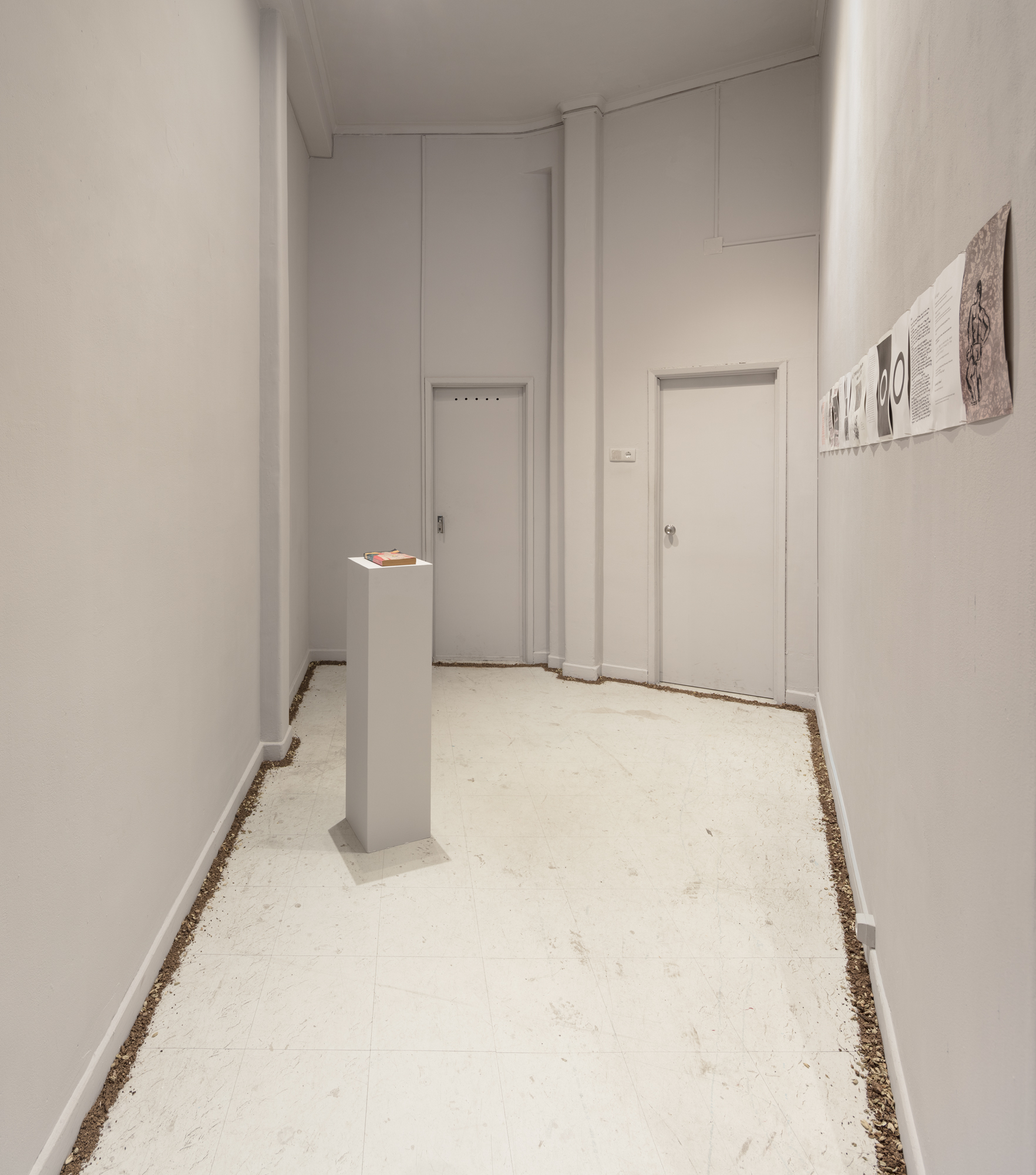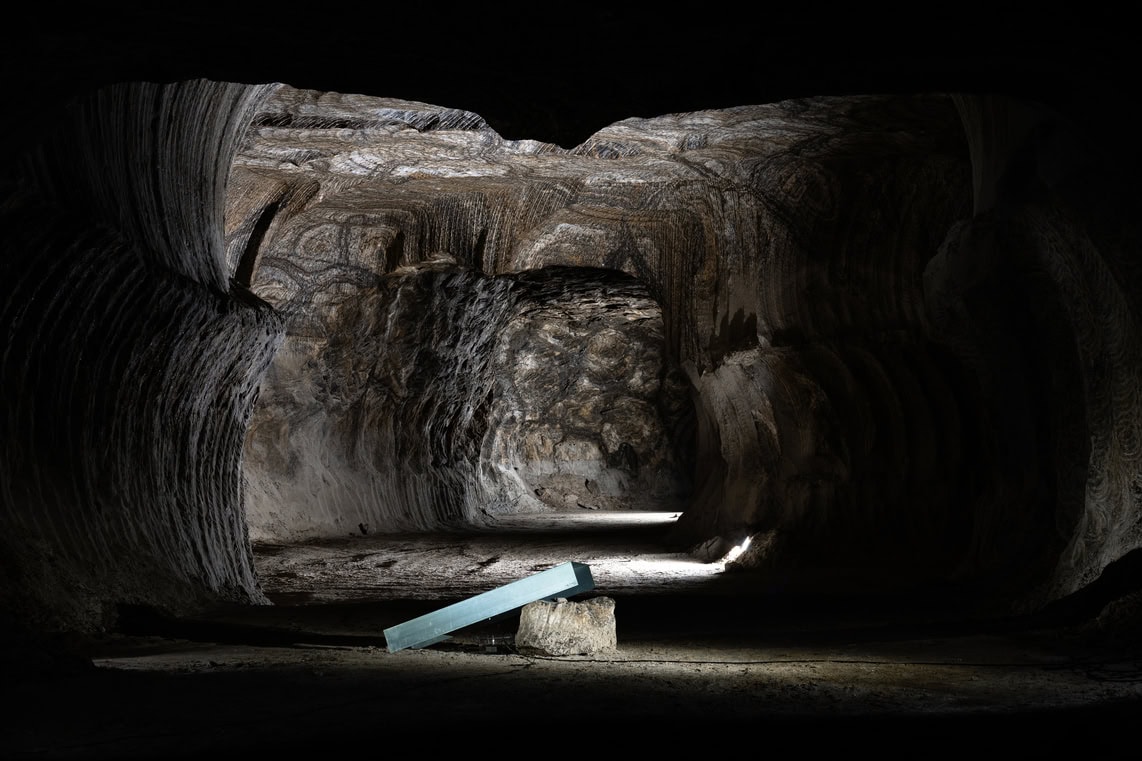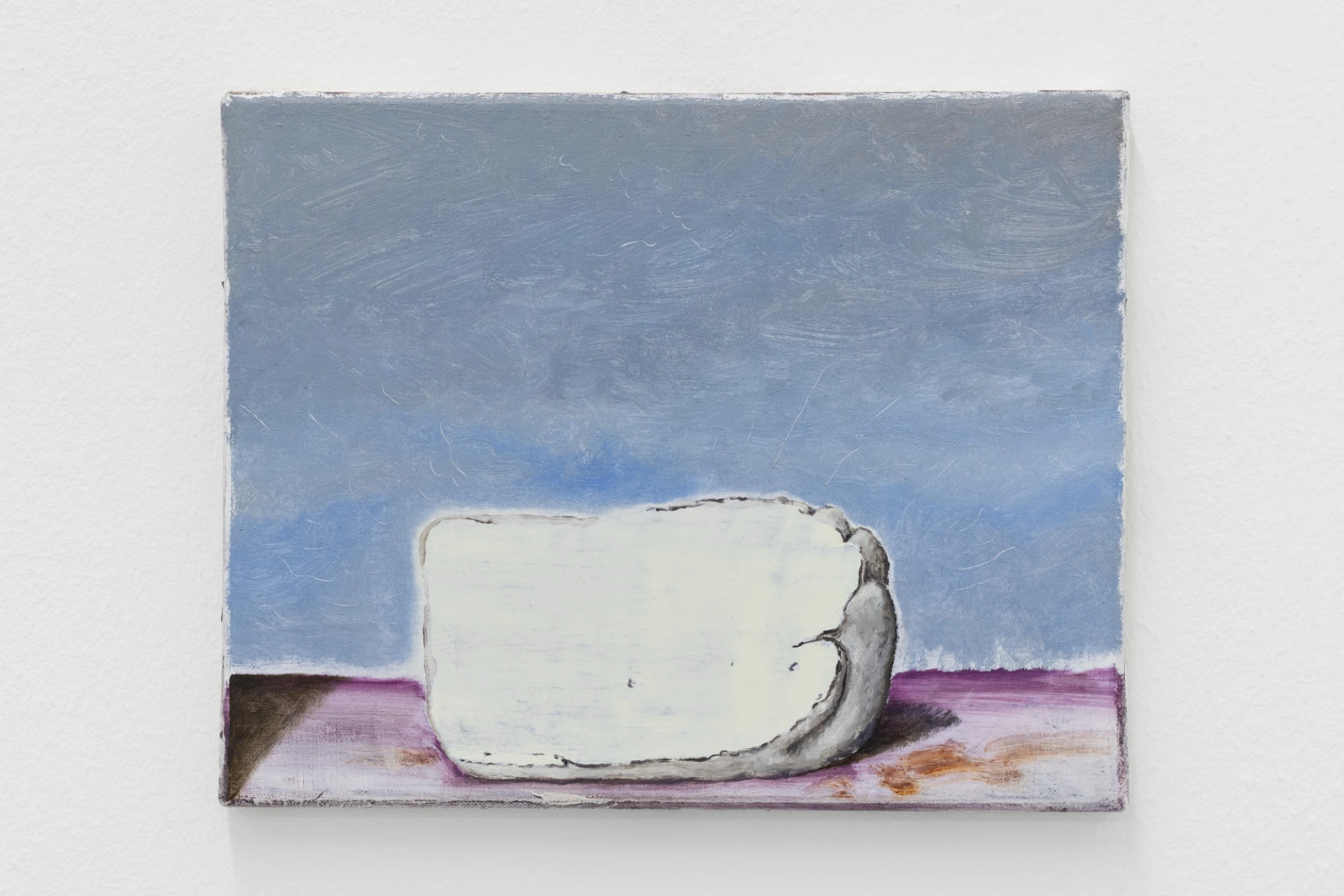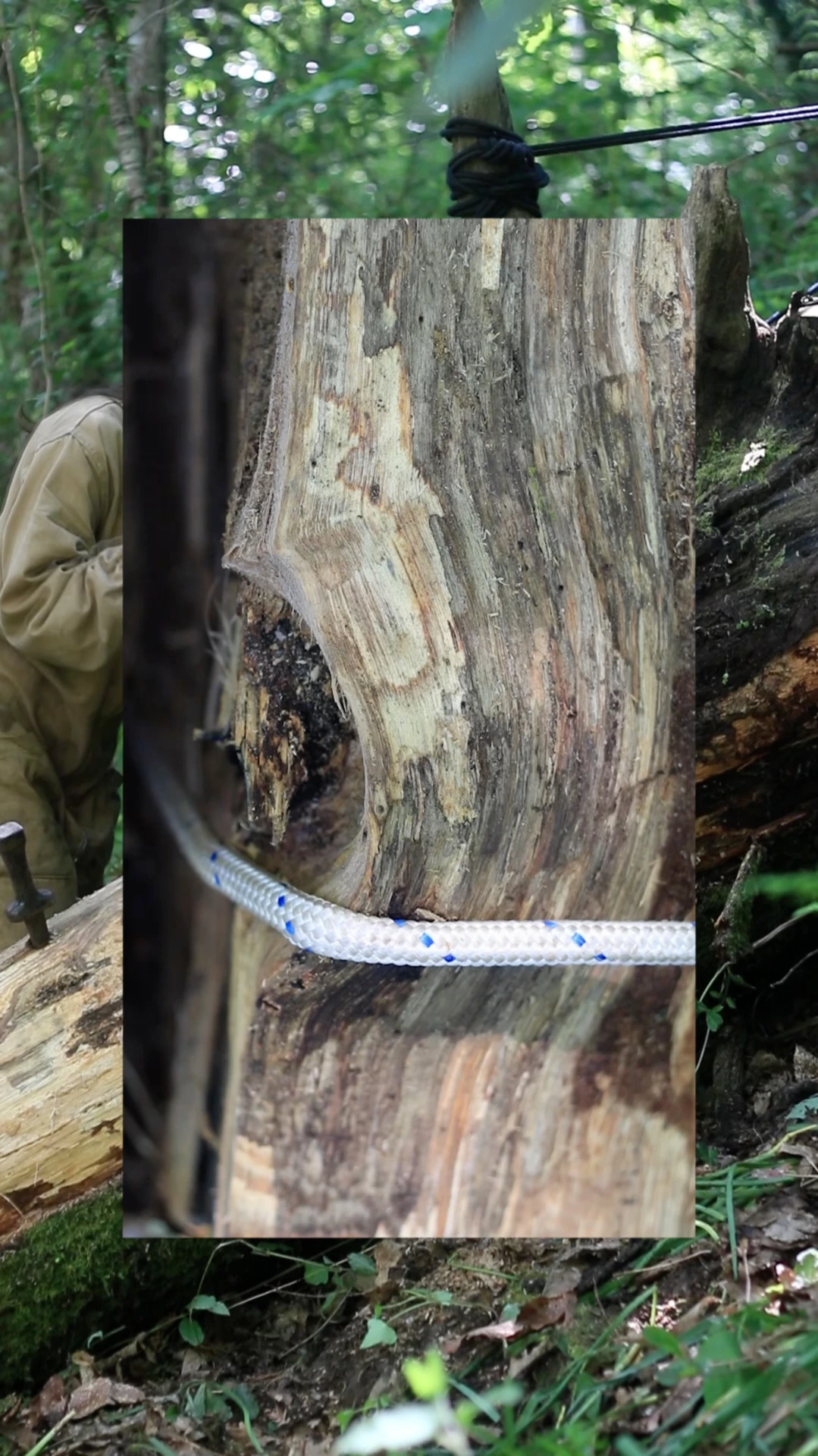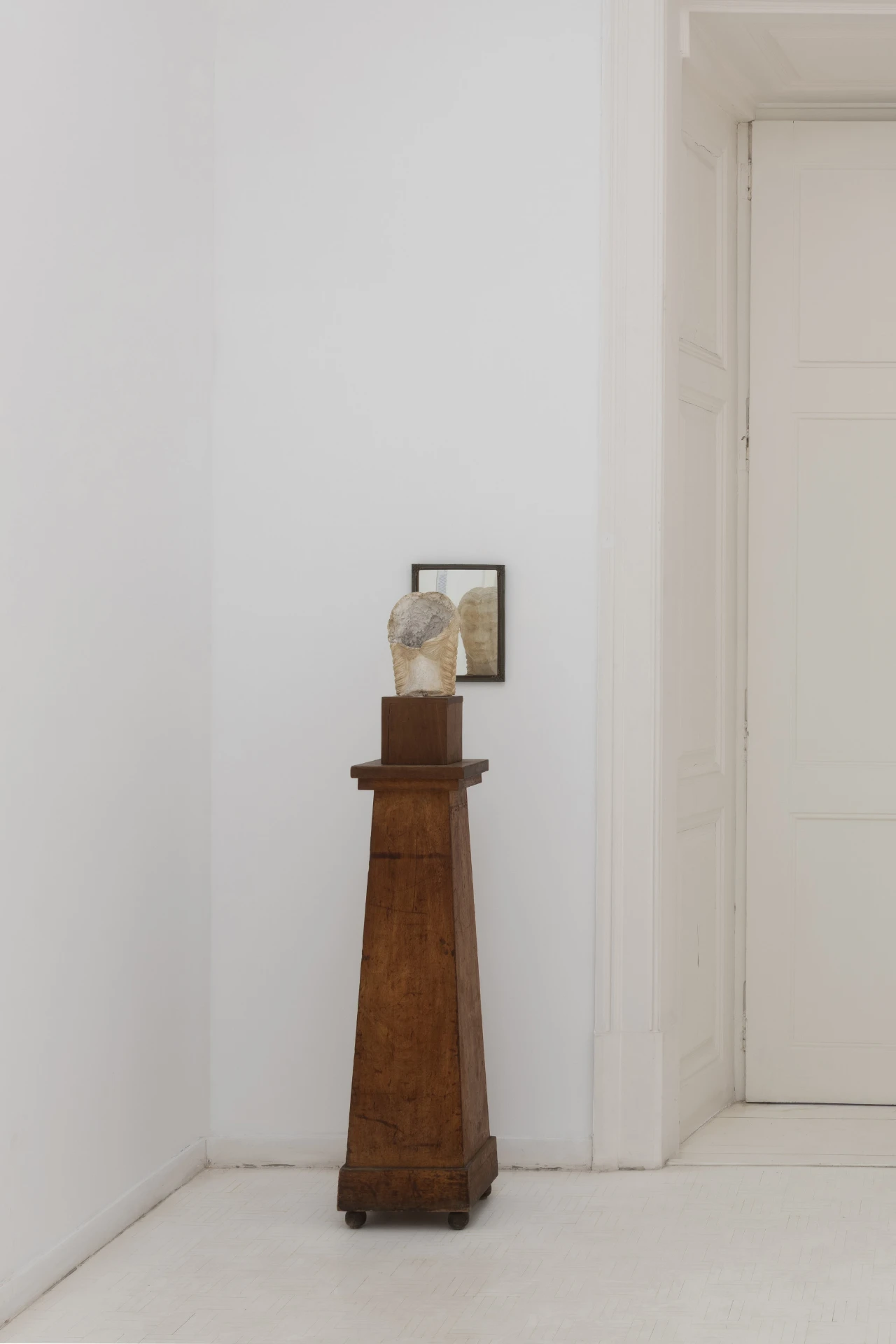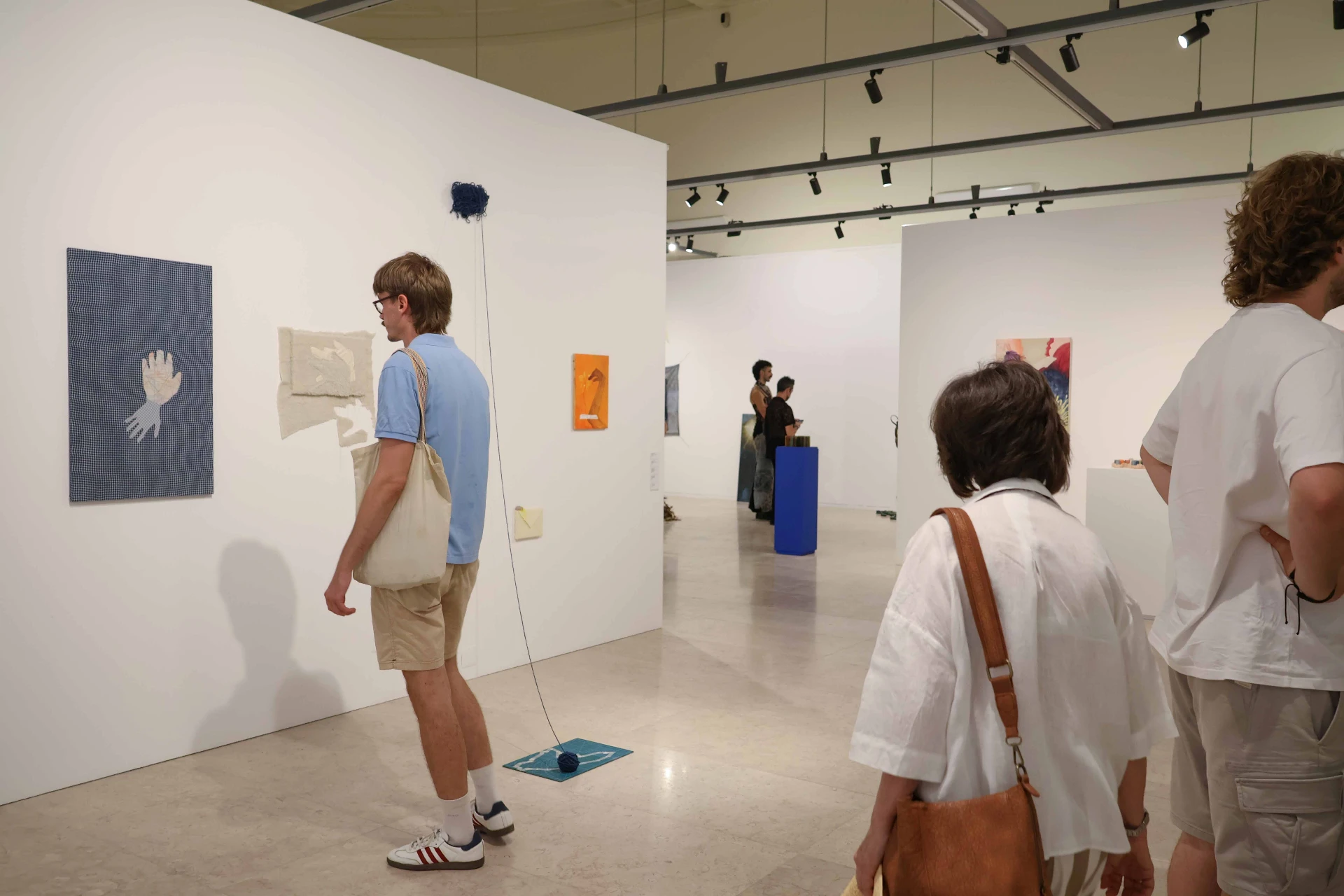According to Andrew Sayer, the renowned geographer, landscape is divided into two distinct realms. On the one hand, it is defined by a set of physical properties; on the other, by a set of cultural indicators. [1]
Sayer noted that, in geography, the truthfulness of scientific research was not the sole factor that mattered. The best geographers, such as von Humboldt, also acknowledged the importance, in their practice, of the landscape’s aesthetic particularities. [2]
Landscape, the concept of landscape, or even landscape as culture, is nothing more than a construction, a portion extracted, a selection made by the observer who enjoys the landscape or welcomes it for the most varied aims and functions.
A passage from Kant on nature may help clarify the concept, or definition, of landscape:
He who contemplates in solitude (without intending to communicate his observations to others) the beautiful form of a wild flower, a bird, an insect, etc., in order to admire and cherish them without wishing to detach them from universal nature, even at some cost to themselves, and still less if they could gain an advantage thereby, takes an immediate and indeed intellectual interest in the beauty of nature. [3]
In citing artificial flowers and birds, Kant affirms the idea of nature as something general and indivisible. In the absence of nature[4], one may use such elements as complete decorative effects to show someone[5], yet this cancels the reflective thought that “nature produced that beauty.”[6] It also negates the idea of continuum, of vastness, of completeness attributed to nature.
George Simmel, according to Adriana Serrão, spoke of the incongruity[7] in the notion of landscape as a “piece of nature”[8].
Nature is, by definition, “the spatial totality that operates in a continuous temporal flow”[9].
Serrão observes that “seeing a landscape requires, in return, a certain delimitation and a certain stability, which places landscape in a double contradiction: the spatial indivisibility and the temporal continuity of the all-comprehensive Nature (All Natur).”[10]
In his Philosophy of Landscape, Simmel describes the spiritual mechanisms that lead to the construction of landscape:
All that is required is that a certain content within the field of vision captivate our spirit.” Yet here a paradox arises: “A piece of nature is, in itself, an internal contradiction; nature has no pieces; it is unity in its entirety. The moment something is removed from that totality, it is no longer nature, precisely because it can be nature only within that limitless unity. [11]
The exhibition Landscape: view and panorama, curated by João Silvério, invites us to appreciate multiple landscapes with their segmentations and incompletions. The venue itself, a building with panoramic qualities, offers an elevated view over Lisbon, establishing the interplay between exteriority and interiority that the visitor cannot ignore.
The selected works span several disciplines: painting, photography, video, drawing and sculpture, providing varied viewpoints and approaches to the theme of landscape.
Contemporary landscape is itself a fracture; we encounter a discontinuity, a rupture with nature. Tito Mouraz’s photographs integrate landscape as a place inhabited and built by humans, an idea of architecture, of human occupation.
Albano Silva Pereira has accustomed us to beautiful scenes where mountains and plateaus emerge shrouded in light mists and gentle tones.
Mauro Pinto’s colour photographs C’est pas facile (2018) invite viewers to linger perceptively over the images. Oliveira likewise offers bucolic, misty landscapes that leave room for dreams, fantasy and magical evocation.
The fabulation continues in João Tabarra’s photographic piece Sem Título (2003). In a natural setting, white fairies in costume can be found, and the artist himself appears framed by the twisted branches of trees.
O Nazareno (2007) by João Pedro Vale and Nuno Alexandre Ferreira engages with cherished themes such as tradition, fascism, national identity and the former regime. Fishing boats are beached in a seascape full of ironic tales, a colourful tourist postcard that, despite the sea in the background, may evoke the women waiting for their missing men.
The exhibition brings together a carefully chosen selection of high-quality works by a notable group of Portuguese artists: Albano Silva Pereira, André Cepeda, Carlos Correia, Daniel Blaufuks, Daniel V. Melin, Daniel Malhão, Délio Jasse, Eurico Lino do Vale, Gil Heitor Cortesão, Inez Teixeira, Isabel Simões, Isabel Madureira Andrade, Jéssica Gaspar, João Grama, João Penalva, João Tabarra, João Pedro Vale and Nuno Alexandre Ferreira, Margarida Gouveia, Mariana Gomes, Maria Oliveira, Manuel Botelho, Mauro Pinto, Pedro Vaz, Rita Barros, Susanne Themlitz and Tito Mouraz.
The exhibition is on view at Fundação PLMJ until May 30.
[1] Bourassa, S. C. (1991). The aesthetics of landscape, Belhaven Press. Page 2
[2] Ibidem
[3] 7 Kant, I. (2017). Crítica da Faculdade de Juízo. Imprensa Nacional Casa da Moeda.303-4. pág. 216
[4] Serrão, A. V. (2022). Landscape as a World Conception. Philosophy of Landscape, Think, Walk, Act. Issued by Adriana Veríssimo Serrão and Moirika Reker. Edições Humus, Page 30
[5] According to Immanuel Kant, 7 Kant, I. (2017). Critique of Pure Reason. Imprensa Nacional Casa da Moeda.303-4. Page 313
[6] Ibidem
[7] According to Adriana V. Serrão, page 30
[8] Ibidem
[9] Ibidem
[10] Ibidem
[11] Simmel, G. (1996). THE PHILOSOPHY OF LANDSCAPE. REVISTA DE CIÊNCIAS SOCIAIS – POLÍTICA & Amp; TRABALHO, 12, 15– 24. Retrieved from https://periodicos.ufpb.br/ojs/index.php/politicaetrabalho/article/view/6380
